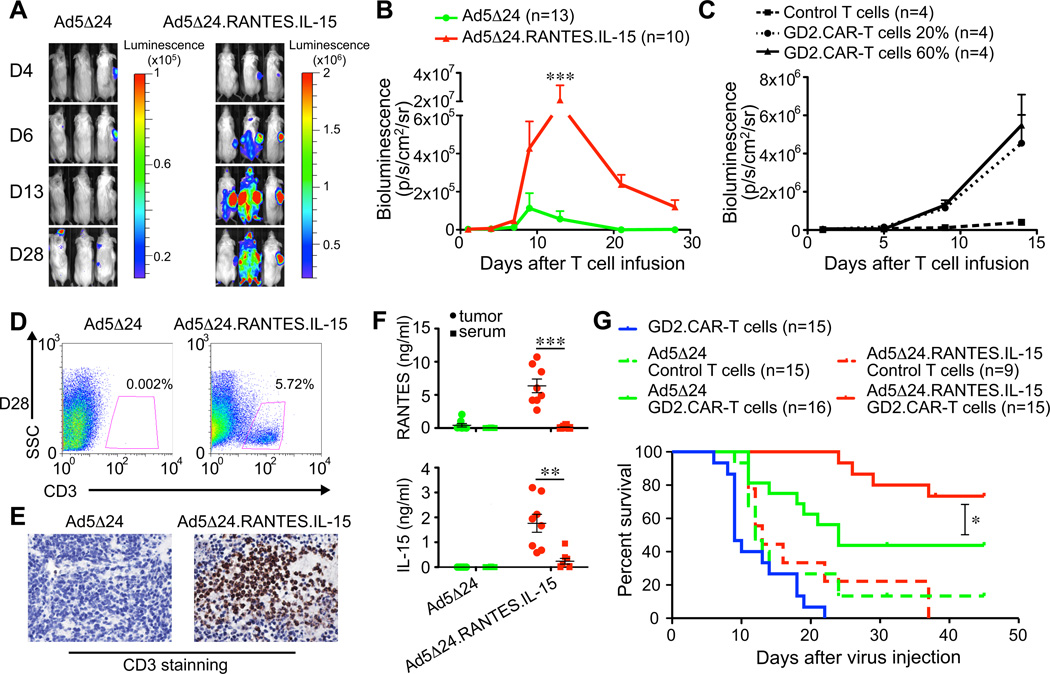Figure 5. Ad5Δ24.RANTES.IL-15 improves persistence of GD2.CAR-T cells.
(A) and (B) NSG mice engrafted s.c. with CHLA-255 cells were inoculated i.t. with OVs (106–108 vp) by day 10 – 14. Four days later mice were infused i.v. with FFluc labeled GD2.CAR-T cells. T-cell bioluminescence was then measured. Data represent mean ± SEM. *P < 0.05; **P < 0.01; ***P < 0.001 by Student’s t test. (C) NSG mice engrafted s.c. with CHLA-255 cells were inoculated i.t. with OVs (108 vp) by day 10. Four days later mice were infused i.v. with FFluc labeled control T cells or FFluc labeled GD2.CAR-T cells diluted with control T cells at 6:10 or 2:10 ratios. T-cell bioluminescence was then measured. Data represent mean ± SEM. (D) and (E) T cells infiltrating the tumors were assessed by FACS and immunohistochemistry. (F) Detection of RANTES and IL-15 by ELISA in serum and tumor homogenates collected from mice 14 – 18 days after inoculations of OVs. Data represent mean ± SEM in 8 mice for each virus. **P < 0.01; ***P < 0.001 by Student’s t test. (G) Survival curves of NSG mice bearing CHLA-255 cells and treated with single and combined agents. *P < 0.05 by log-rank test.

